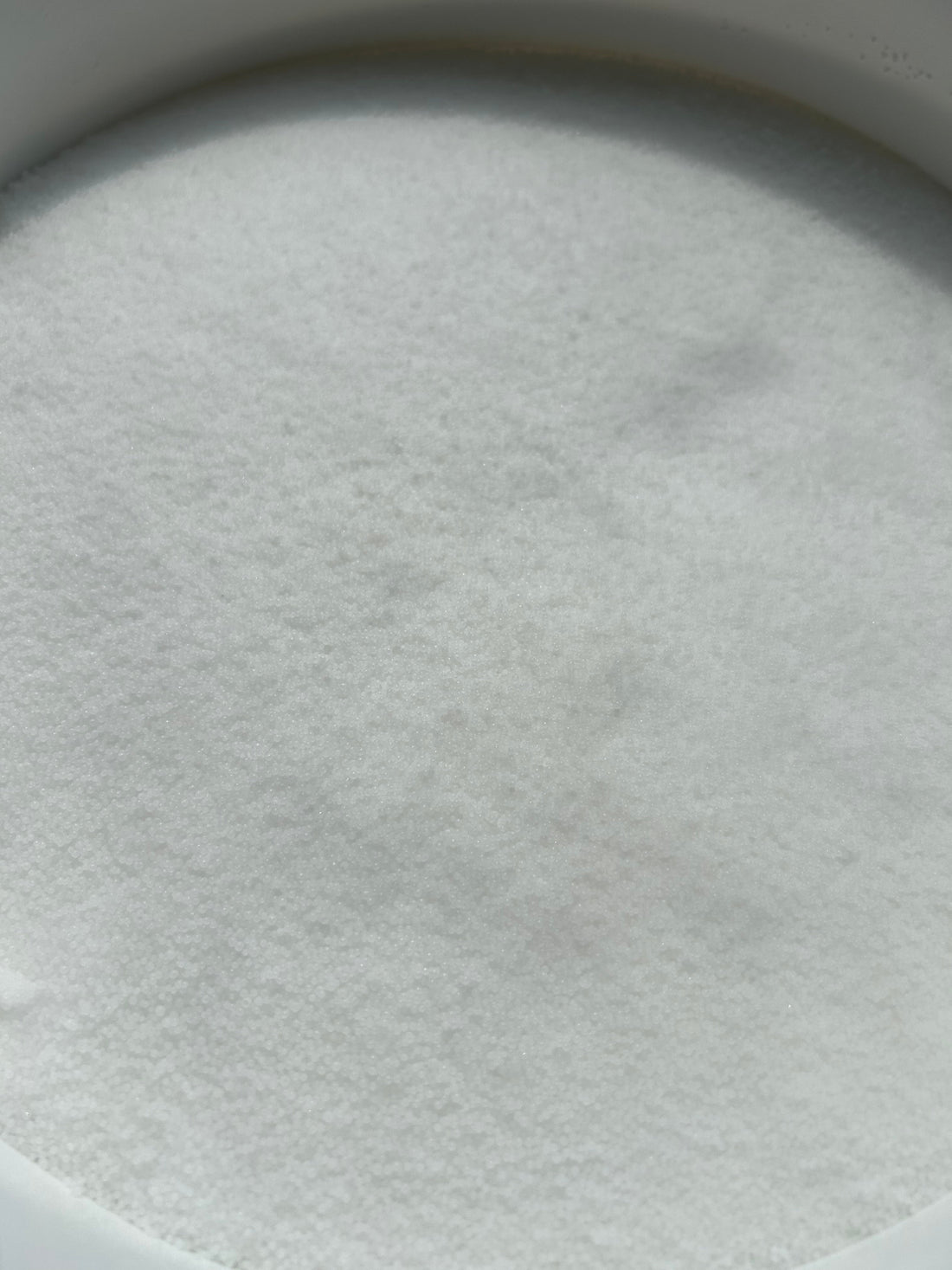
Why Lye?
Share
Lye or Sodium Hydroxide (NaOH) isn't just used to clean drains... it's also used to clean your body!
Every time we do a pop-up live market or bazaar we get the inevitable question: "Does your soap have lye?" The answer is no, but it did.

When people think of drain cleaner they don't usually associate that with something that is safe to wash their body with much less their face and other sensitive areas. Although it may seem scary and something to avoid, lye is perfectly safe in the context of soap making if process appropriately. That's the key. So when someone asks me if we have any soap made without lye I always say no because soap (in the sudsy sense) cannot be made without sodium hydroxide.
Without taking us back to chemistry class, it is vital that we define the soap making process and identify it by it's proper term which is SAPONIFICATION. Saponification requires that a triglyceride (fats and oils) be mixed with sodium or potassium hydroxide. Both KOH and NaOH are referred to as Lye but they are used for different processes. The lye binds to the triglycerides separating them into fatty acid salts and glycerols. To summarize, the lye is actually spent up in the process and the result is a hard soap (in the case of Sodium Hydroxide Lye).

So we say no simply because an appropriately balanced soap will NOT contain any lye by the end of it's curing process. Our soaps cure for 4 - 6 weeks depending on what oils and fats are used. We weigh the soaps intermittently and when they stop losing weight, we know that all of the lye and water have evaporated out and our saponification process is complete.
The reason we do this is that an incompletely saponified bar will contain sodium hydroxide crystals that can irritate skin and the oils in that part of the bar would be just that... oils... and not soap. It is absolutely vital that we allow the soap to complete it's saponification process so that we are left with the highest quality and most safe product possible.
Besides, it's being used to cleanse and heal the largest organ of the body: the skin.
